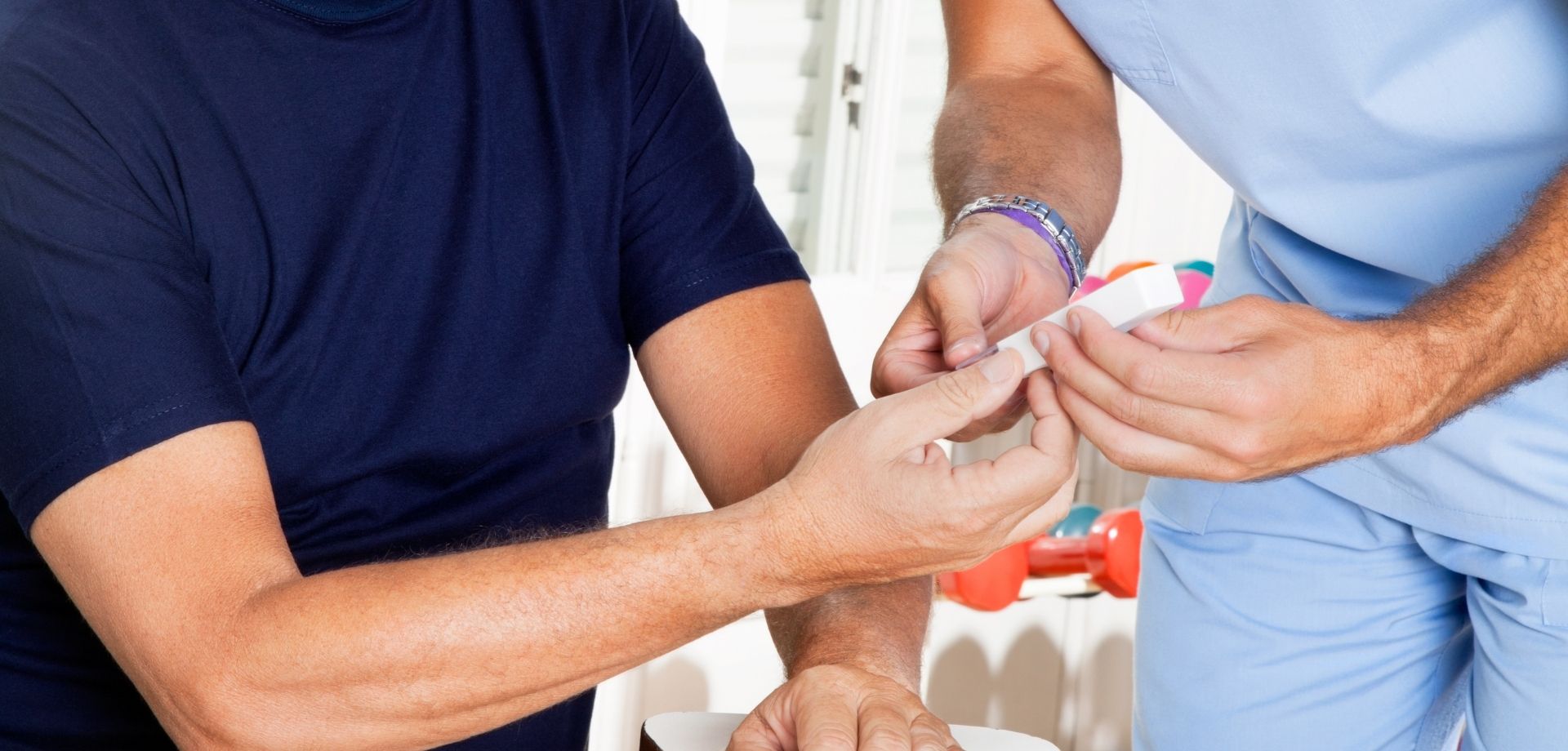Ear Wax Removal
Ear wax buildup leading to ‘blocked ears’ can cause discomfort, muffled hearing, and even pain, making everyday activities inconvenient and frustrating.
For most people, excess ear wax will naturally fall out. Some people, however, produce too much wax that can build up and cause problems, such as hearing loss or tinnitus. The tendency to have waxy ears can be influenced by genetics, older age or the shape of the ear canal, and is often exacerbated using cotton buds, ear plugs or hearing aids.
If you think you might have a wax build-up, you can try removing it with olive oil drops from a pharmacy, these can help the ear to self-clean by softening the wax so that it falls out naturally. This usually takes 1-2 weeks.
If this doesn’t help, you don’t want to wait, or your symptoms are causing you pain or complete hearing loss, you should make an appointment with an ear care specialist for removal.
There are two main methods of removal: Microsuction and Irrigation.
What is Microsuction?
Microsuction is a safe and effective method for ear wax removal, offering a few key benefits over traditional methods.
No water or liquids are used during the process, reducing the risk of infection and making it suitable for most individuals, including those with perforated eardrums.
The procedure involves using a gentle suction device to remove impacted ear wax. There is a wind-like noise when the probe is in the ear canal; some people find this makes them need to cough. If the wax is soft, a sucking, or cracking sound can be heard as the debris is sucked up into the tube. If the wax is hard, it can be a little uncomfortable, but not painful. If tinnitus is present due to the ear canal being blocked, this is often alleviated when the blockage is cleared. The procedure usually lasts between 10 and 20 minutes.
What is Ear Irrigation?
Ear irrigation, formerly known as syringing, uses lukewarm water to dislodge softened plugs of ear wax, which then fall out with the water.
The device uses an electrical pump that directs a gentle pulse of water behind the wax. It is generally a painless procedure, although it can feel a bit strange. If ear wax is hard, there is an increased risk of perforation, so it is essential that you pre-soften the wax by using ear drops 2-3 times a day for at least 5 days prior to your appointment.
Ear irrigation isn’t suitable for everyone, this includes those with a known perforation, grommets in situ, past ear surgery or a current or recent ear infection.
How to soften ear wax before ear wax removal
-
Use olive oil drops (you can get these from Fleet Street Clinic or any local pharmacy)
-
Lie on your side with the ear facing up.
-
Apply 2–3 drops into the ear canal.
-
Stay in position for 5–10 minutes to allow the drops to soak in.
-
Wipe away excess oil with a tissue.
-
Repeat twice daily for 3–5 days before your appointment.
FAQs
Although microsuction can remove hard, impacted earwax, it is much more comfortable and effective if the wax is pre-softened.
If irrigation is used, it is essential that wax is pre-softened.
We recommend medicated olive oil ear drops to soft the wax pre-treatment.
We recommend that you use medicated olive oil drops, once per day in the affected ear and repeat for five days before your appointment.
Allow the olive oil drops to sit in your ear for 10 minutes, while lying on your side.
Microsuction may feel a little uncomfortable, especially if the wax is hard. To ease any discomfort, we recommend pre-softening the wax with olive oil drops.
Ear irrigation isn’t painful, but it is a very strange sensation that some people find uncomfortable.
It is important you keep your ears dry for at least 24 hours, ideally 48 hours, after the procedure.
Avoid using cotton buds or putting anything in your ears to scratch.
Some people develop inflammation in the ear canal which can be itchy.
Some people may require, or choose, to have their earwax removed at regular intervals. Typically these people make a visit every 6-12 months.
Alternatively, you could try using olive oil drops on a regular basis, perhaps once per week, to help keep the problem at bay.
The procedure can last up to 20 minutes for both ears – wax can sometimes be stubborn to remove.
Our nurse will let you know if any follow up treatment is advised. This can sometimes be the cause for large build ups or stubborn hard wax.
Yes, you can have microsuction with an ear infection.
It’s likely that a build-up of wax is complicating the infection, so it’s important to remove it to allow for effective treatment.
It’s worth bearing in mind that pain from the ear infection may make the procedure too uncomfortable to continue. Do let your clinician know if the treatment is painful and they can advise on the most appropriate steps to take in this case.
Yes, but only via microsuction. Those with perforated eardrums must not have their ears irrigated with water.
It is possible, but at Fleet Street Clinic we do not see children under the age of 18 for this procedure.
As with any medical procedure, both irrigation and microsuction carry a small risk of adverse events and side effects:
- Dizziness. Some people experience a feeling of vertigo. This temporary side effect can happen with both microsuction and irrigation and will pass quickly after the procedure.
- Irritation or damage. Both procedures can cause minor discomfort or irritation in the ear canal, but this is generally mild and resolves quickly. If the wax is hard, the act of pulling it out of the canal can also cause microabrasions or bleeding. The risk of perforation from either procedure is very small; the least risky of the two is microsuction.
- Infection. The ear canal may be prone to infection for 4 to 5 days after your procedure, until more wax is produced to protect it. All tools used with microsuction are single use and discarded after each procedure making the chance of infection extremely remote.
- Hearing changes. Temporary tinnitus, or ringing in the ears, is another possible side effect of the procedure and occurs in approximately 5% cases. This usually resolves within a few hours to a few days. In rare cases, it can also cause temporary hearing loss.




